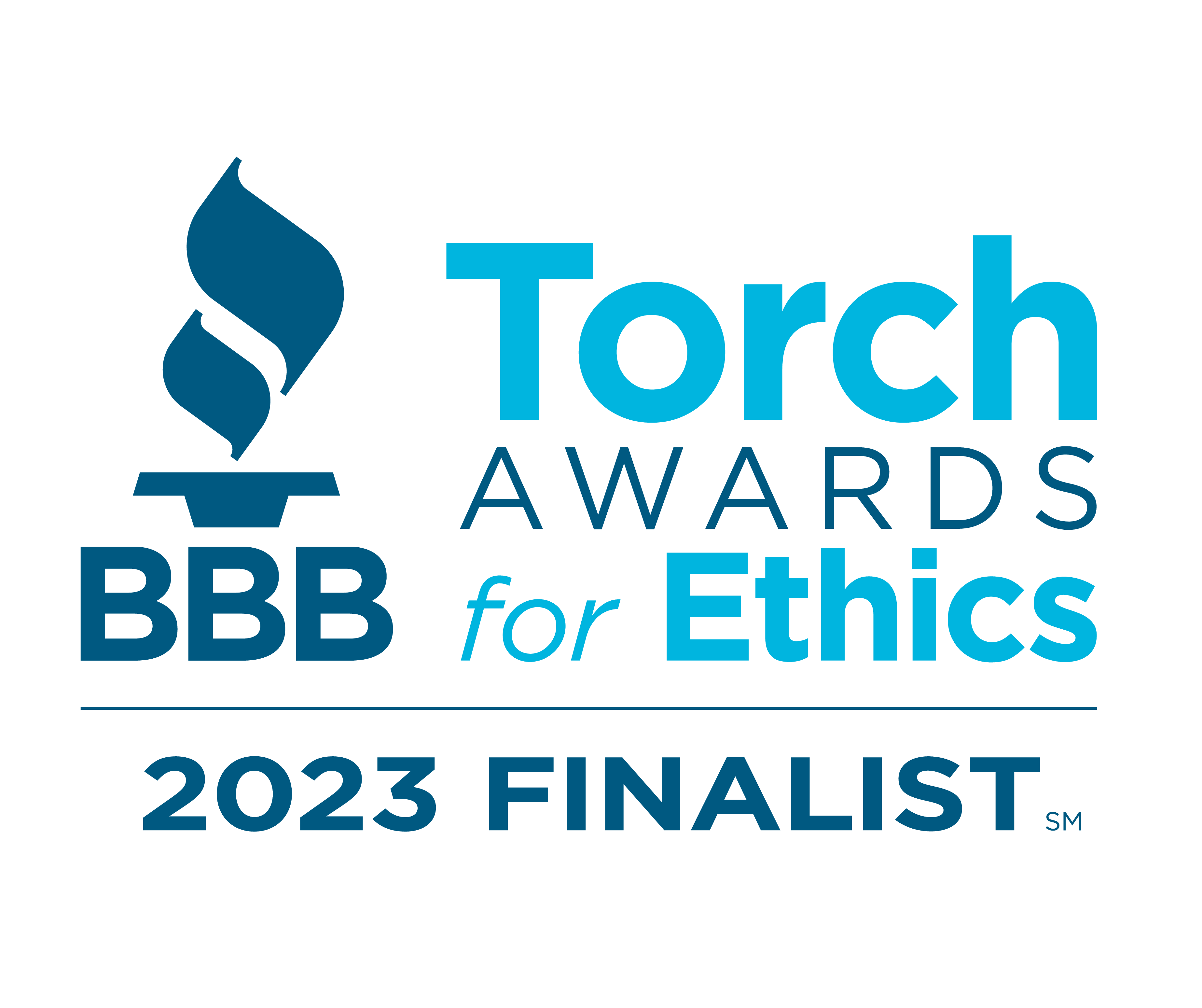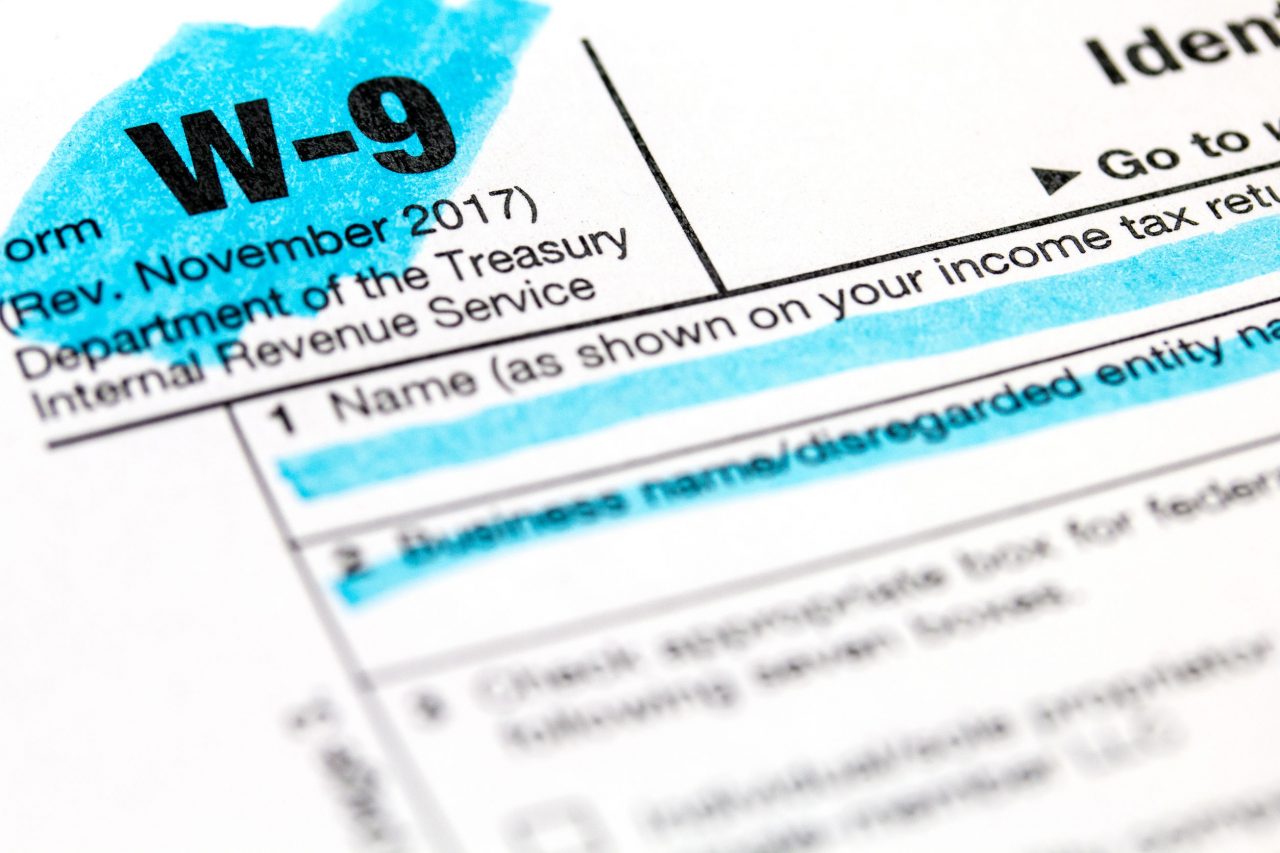Owing taxes to the IRS can be confusing and I don’t think it is something anyone gets that excited over. If you don’t have the right team in place to help you, you could end up owing a lot more to the IRS than you really needed to. So we want to make it as easy as possible for you to understand how to complete the IRS form W-9.
A W-9 Form is used to officially ask a person or business to provide their name, address, and social security number or tax ID so that the proper tax documents can be issued to the IRS.
The W-9 form is generally not something you have to concern yourself with unless you are a self-employed worker.
If you or your business are contracted to provide services for a company, you may be asked to complete a W-9 form.
The W-9 form you fill out will be used by the company to prepare a Form 1099-MISC, which reports the IRS the amount of income that was paid to you or your company.
Another instance in which you might encounter the W-9 is if you or your company pay independent contractors or consultants. In some cases, your bank may also ask you to fill out the W-9 form so that they can report things like dividends, interest, and other types of income to the IRS.
If you know or even think you will be dealing with the W-9 form shortly, this article will help give you the knowledge you need to promote a smooth W-9 filing experience.
Where Do I Get Form W-9?
You should receive a blank W-9 Form to complete from the business you are contracted with or the financial institution you are a customer of.
If you or your company must issue W-9 forms to independent contractors or consultants, you can download the W-9 Form on the IRS website or click here.

How Do I Fill Out Form W-9?
Thankfully, filling out Form W-9 is not complicated. Each line has its own set of instructions and is straightforward.
Simply provide your full legal name as it appears on your tax return, as well as your Social Security number.
Keep in mind is that filling out a W-9 for personal services differs slightly from business services. When filling out the W-9 for your business, you would use the Employer Identification Number (EIN) and the business name.
It is essential that you use the truthful and accurate information because when you submit Form W-9, you are certifying that all information you provided is accurate.
Things to Be Aware of…
If you receive a W9 from a person or business, you do not recognize you should proceed with caution.
When it comes to giving out sensitive information like your full name and address, social security number, or employer identification number you should always exercise discretion.
Before you fill out and send back the W-9, you should first find out who is asking you to fill out the form, why they are asking, and how the tax information you supply will get used.
You can also ask what types of tax documents you can expect to receive when the information is used.
If you have any misgivings about the situation, you should not fill out the W-9 and send it in without first consulting a tax professional. In general, any business that pays you non-employee compensation, interest, dividends, or any other reportable income will most likely request a W-9 form.
You may also receive a W-9 Form from a person who is required to file an information return with the IRS to report things like income paid to you, real estate transactions, cancellation of debt, contributions you made to the IRA, or acquisition or abandonment of secured property.
When you have completed the W-9, make sure to use a secure method of delivery. Hand delivery, post mail, or an encrypted file attachment to an email are usually the safest way to go.
If you expected a Form W-4, then make sure you speak with your employer.

If you were or are being treated as an employee with a regular paycheck and appropriate deductions, but your employer suddenly asks you to fill out a W-9, this could present a problem.
Sometimes, employers will attempt to change your work statues when they run into financial hardship and cannot afford to pay their half of the payroll tax.
If you are unsure if you are an employee or an independent contractor, and if you cannot agree with your employer, you can ask the IRS to determine your work status.
Your employer may not appreciate this, but it is best to be sure of your work status so that your employer’s half of payroll taxes do not become your self-employment tax.
W-4 Forms are filled out when an employee is starting a new job to set aside their tax withholdings.
Self-employed individuals do not get taxes withheld from their pay and are instead responsible for making the appropriate payments to the IRS on their own, usually at the end of the year.
Mandatory Backup Withholding
Generally, taxpayers are not subject to IRS withholding on income from W-9 work. Instead, it is only their responsibility to claim the income on their tax return and pay appropriately.
However, in some cases, you may be subject to backup withholding. Two of the most common circumstances for backup withholding are:
Your name and SSN do not match the IRS’s records.
You have a tax debt that you have already been notified about and are subject to mandatory backup withholding until the debts are paid off.
If you are subject to backup withholding, the IRS will notify you to let you know this is the case.
If you already know you are subject to it, you must cross out the two lines in the certification area under point number 2.
If you are subject to mandatory backup withholding, you must you certify this on the W-9. This withholding is a flat 24% on payments made to you or your business.
To calculate how much you can expect to be withheld, multiply your income by .24.
To stop backup withholding, all you need to do is correct the reason why you became subject to backup withholding.
Conclusion
If you are an independent contractor, consultant, or another type of self-employed worker, filling out Form W-9 is the first step in getting your tax return filed.
The W-9 form is your employer’s way of formally requesting some personal information so that a 1099-MISC form can be prepared and sent to the IRS.
Thankfully, the IRS has made filling out the W-9 simple, as the step by step instructions are listed on the form itself.
However, it is important to note that you should always be aware of who is sending you the form, and why. If you are unsure why you received a W-9, you should not fill it out and return it without first consulting a tax professional.
If you have tax debt or need to speak with a tax expert to know how much the IRS is planning to take from you, feel free to reach out and chat.









